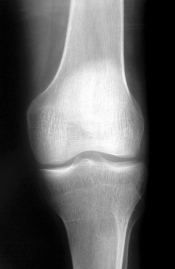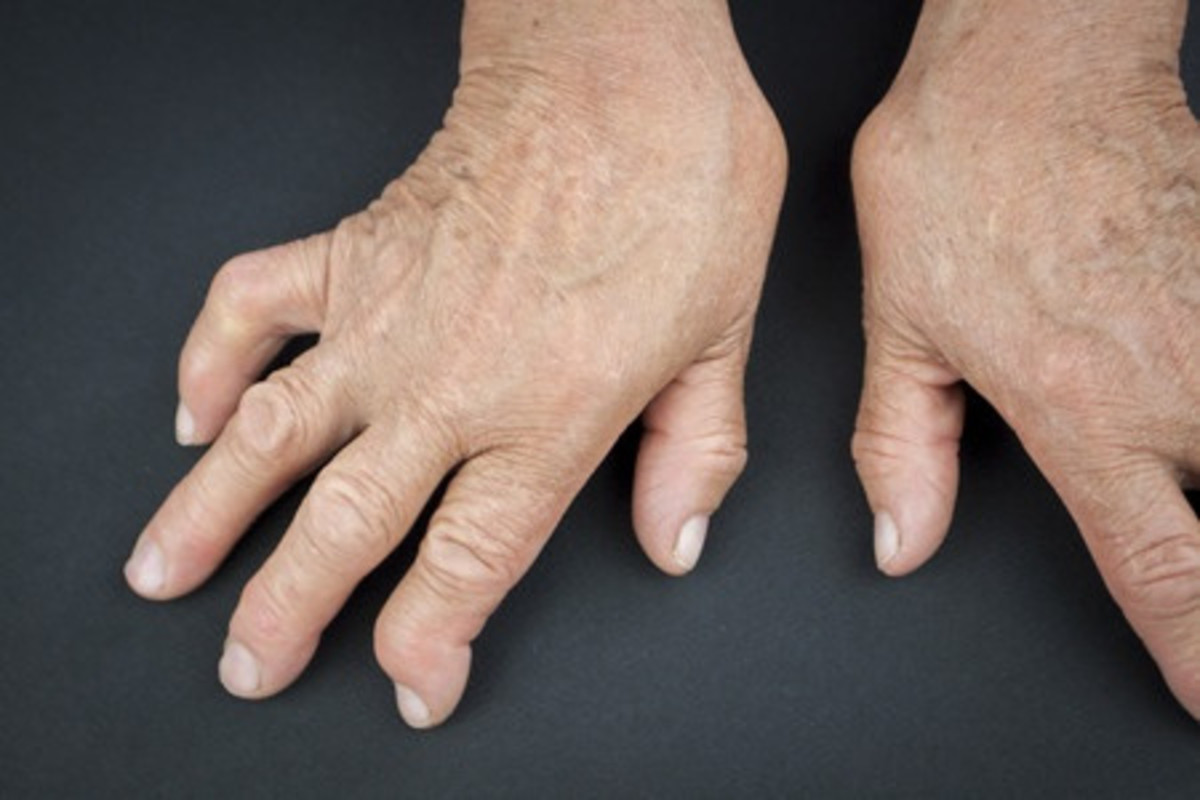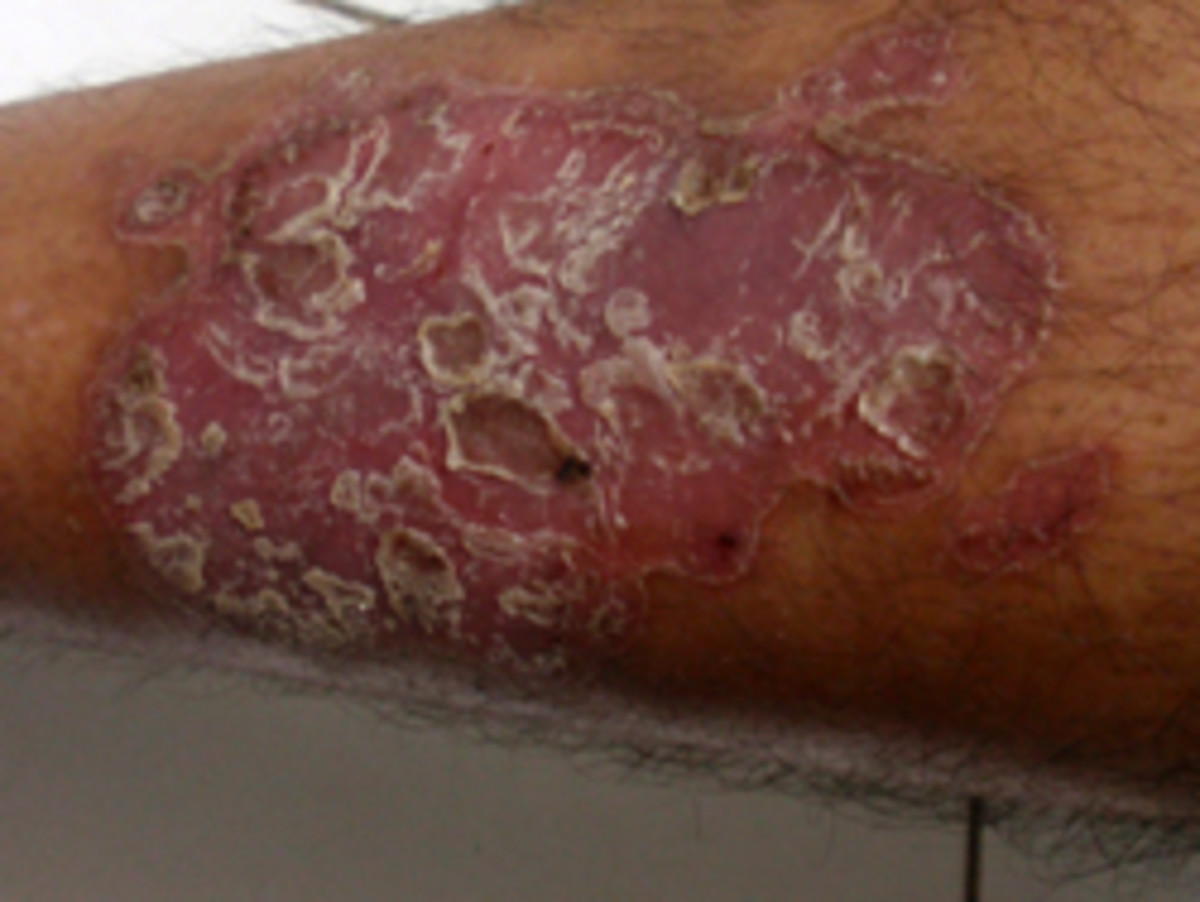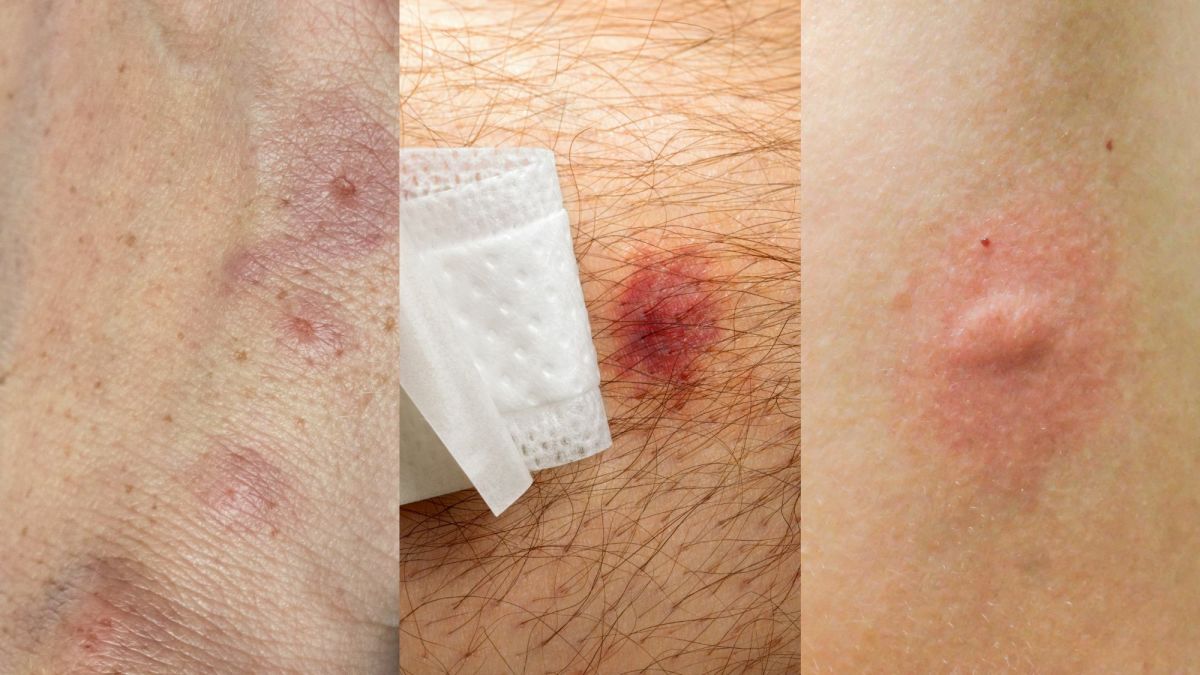What is Psoriatic Arthritis?

While osteoarthritis is the most common type of arthritis, there are actually over 100 different kinds of arthritis. One of the more common kinds of arthritis is psoriatic arthritis. Psoriatic arthritis is related to psoriasis, which is a skin disease that causes scaly white patches of skin to develop, but it is not contagious. About 15% of people who have psoriasis will develop psoriatic arthritis.
Both women and men can be affected by this type of arthritis and it is more common among those between the ages of 30 and 50. Psoriatic arthritis shows signs of being hereditary, because the disease runs in the families of almost half of those with psoriatic arthritis.
In most cases, the symptoms of psoriasis are first to appear, however about 15% of the time arthritic symptoms, such as joint pain and swelling, are first to develop.
Different Kinds of Psoriatic Arthritis
There are actually 5 different kinds of psoriatic arthritis, which differ in how the affect the body.
The most common type of psoriatic arthritis is Asymmetric Psoriatic Arthritis. Asymmetric Psoriatic Arthritis can affect multiple joints, but it will not affect joints on both sides of the individuals body. For instance, in Asymmetric Psoriatic Arthritis, arthritic symptoms might be present in one knee, but they will not be present in the other.
One of the most common symptoms of Asymmetric Psoriatic Arthritis is swelling in the fingers and toes, which makes them look like sausages.
Unlike Asymmetric Psoriatic Arthritis, Symmetric Psoriatic Arthritis will produce symptoms that are present on both sides of the patients body. For instance, if one knee is affected by Symmetric Psoriatic Arthritis, the other joint will be as well.
Symptoms of Symmetric Psoriatic Arthritis are similar to that of rheumatoid arthritis, which include joint pain, swelling, and a reduced range of motion. However, unlike rheumatoid arthritis, there is less of a chance that deformity will occur.
In Distal interphalangeal predominant psoriatic arthritis, the distal joints will be affected, but it is also common for nails to become deformed or otherwise change.
Spondylitis Psoriatic Arthritis can be very serious and has a specific gene, HLA-B27, which is present about half of the time in the infected individual. In Spondylitis Psoriatic Arthritis, the spine becomes inflamed.
The least common type of psoriatic arthritis is Arthritis Mulitans, but it is also the most severe. It often results in disability and deformity of the joints. Most often smaller joints, like those in the hand, are affected, but it can also be found in the neck or lower back.
Diagnosis and Treatment
Psoriatic Arthritis is treated and diagnosed in a manner similar to that of rheumatoid arthritis. Usually a combination of blood work, x-rays, and analysis of the patient will determine if this type of arthritis is present.
There are a number of medications available to treat psoriatic arthritis, although exercise, weight management, and proper diet are also important. In addition to treating the arthritic symptoms, special cremes are used to treat the psoriasis.








